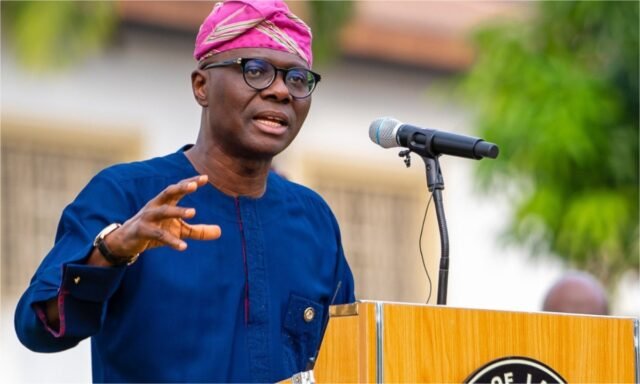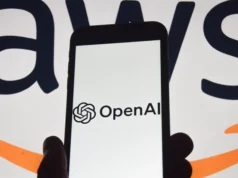In a decisive move to sharpen the regulatory teeth of its telecom infrastructure ecosystem, the Lagos State Infrastructure Maintenance and Regulatory Agency (LASIMRA) has announced the planned launch of the Telecommunication Infrastructure Regulatory System (TIRS) in February 2026. The initiative is aimed at streamlining the permitting process for telecom projects, enhancing accountability, and driving the expansion of broadband services across Africa’s largest commercial hub.
Speaking at a press briefing, LASIMRA’s General Manager, Dr Idris Salako Elegushi, emphasised that this digital interface will serve as the fulcrum between government regulators, infrastructure providers and network operators. He noted that the move aligns with the Lagos State Government’s drive to transform the city into a globally competitive smart-city environment.
For the thousands of telecom operators and infrastructure players in the state—ranging from fibre-optic cable-laying outfits to mast installation firms—the introduction of TIRS signals a shift from manual, paper-based permit evaluation to an online, transparent system. The expected outcome: faster approvals, fewer bureaucratic hiccups and enhanced compliance with regulatory standards.
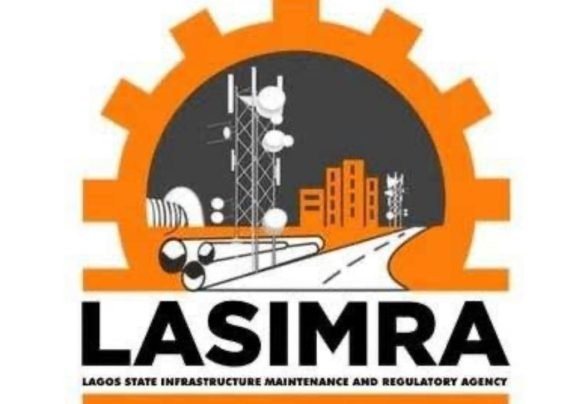
Table of Contents
What TIRS Means for Operators and Residents
From the perspective of infrastructure providers, TIRS offers several concrete benefits. First, the permit application process will go fully digital, eliminating the need for multiple physical visits to regulatory offices. According to one agency statement, the system is designed to “reduce human interaction by 99 per cent”.
Second, the digital platform will allow operators to track the status of applications in real time, submit supporting documentation electronically, and interface directly with LASIMRA through the portal.
Third, for residents of Lagos, the promise is two-fold: faster rollout of telecom infrastructure (masts, ducts, fibre cables) and tighter regulation of installations—reducing unsightly poles, rogue installations and safety risks associated with non-compliant infrastructure.
Elegushi emphasised that TIRS isn’t just an administrative tool—it’s a foundational part of Lagos’s broader infrastructure modernisation agenda. “This platform will help us coordinate telecom installations safely, efficiently and in full compliance with state regulations,” he said.
Moreover, the timing is crucial. With broadband demand surging, the need for robust infrastructure—from mast sites to ducts and cable pathways—has never been greater. TIRS arrives at precisely the moment when Lagos is ramping up its digital economy ambitions.
Strategic Implications for Lagos’s Digital Future
The launch of TIRS has broader implications beyond permitting. It reflects a mindset shift in Lagos’s infrastructure governance: towards digital, transparent, coordinated systems. From a strategic lens, several key dimensions stand out:
1. Investment attractiveness: By making infrastructure deployment more predictable and less costly, Lagos becomes a more appealing destination for telecom investors and operators. The promise of reduced delays, clearer oversight and standardised processes lowers risk.
2. Broadband expansion and connectivity: The new system is aligned with Lagos’s ambition to increase broadband penetration and support next-generation services. Efficient roll-out of mast sites and ducts will underpin 5G deployments, IoT growth and smart-city initiatives.
3. Regulatory oversight and safety: Masts and telecom installations in Lagos have long been subjects of regulatory scrutiny—issues around abandoned towers, unsafe cable paths and tree/roadway encroachment. By introducing TIRS, LASIMRA aims to strengthen oversight, reduce illegal installations and enforce compliance more effectively.
4. Economic and urban growth: As Africa’s fastest-growing digital market hub, Lagos’s infrastructure backbone is critical to maintaining its competitive edge. Efficient telecom deployment supports e-commerce, digital services, remote work and broader economic growth.
From my own vantage point, one sees that Lagos is not merely installing a software system—it’s signalling its readiness to operate infrastructure governance at 21st-century standards. The advantages are real—but success will hinge on effective implementation.
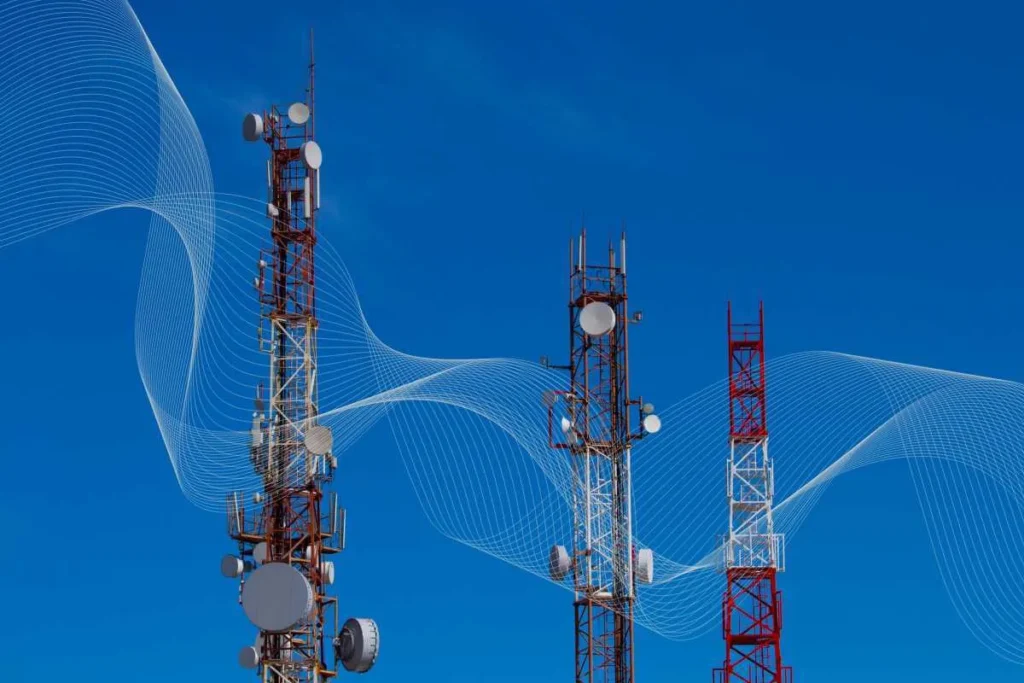
Path Forward and What to Watch
With the set launch date of February 2026, there are several key markers and areas to watch in the months ahead:
Training & internal readiness: LASIMRA has indicated that training has already been conducted across its departments to familiarise staff with TIRS operations. Smooth onboarding of internal staff is essential to avoid bottlenecks once the system goes live.
Stakeholder engagement: Infrastructure providers, operators and telecom firms will need to transition to the new digital workflow. Clear communication, user-friendly interfaces and support channels will be vital to secure buy-in and smooth uptake.
Data migration & system integration: Existing mast records, permit histories and infrastructure databases will need to be migrated or linked to the new platform. Given Lagos’s scale and complexity of telecom footprint, data consistency will be a challenge.
Regulation and enforcement: While TIRS digitises the process, regulatory impact will depend on follow-through: ensuring that non-compliant infrastructure is decommissioned, illegal installations are penalised and standards are upheld.
Performance metrics: Success should be measurable—permit turnaround times, number of applications processed, user satisfaction, reduction in infra-related complaints. As an editor, I’d expect Lagos to publish periodic performance reports to bolster credibility.
Public awareness: Residents ought to be aware of TIRS as part of regulatory transparency. Clear channels for complaints about infrastructure (e.g., unsafe masts, obstructive cables) should be tied into the system.
All considered, in my view, the forthcoming months will be critical for turning the promise of TIRS into an operational reality. If Lagos executes well, the benefits could ripple through sectors—from telecom to housing, transport and digital services.
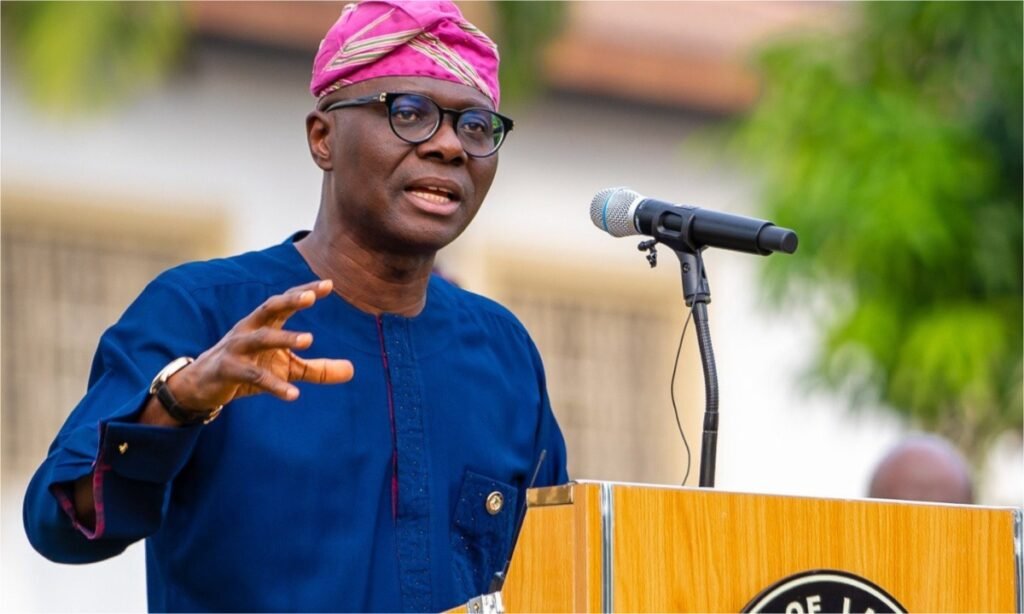
Conclusion
Lagos’s planned launch of the Telecommunication Infrastructure Regulatory System in 2026 represents a bold step toward modernising how telecom infrastructure is managed in one of Africa’s major economic centres. With the focus key phrase “Lagos Telecommunication Infrastructure Regulatory System (TIRS) 2026 launch”, this move is positioned to reshape regulatory practices, support broadband expansion and reinforce Lagos’s smart-city ambitions.
For firms operating in the telecom space, and for Lagosian residents alike, it’s a development worth watching closely—because it touches both the visible facade (masts, poles, cables) and the invisible backbone (permitting, data, digital compliance) of how we’re connected in the years ahead.
Join Our Social Media Channels:
WhatsApp: NaijaEyes
Facebook: NaijaEyes
Twitter: NaijaEyes
Instagram: NaijaEyes
TikTok: NaijaEyes


